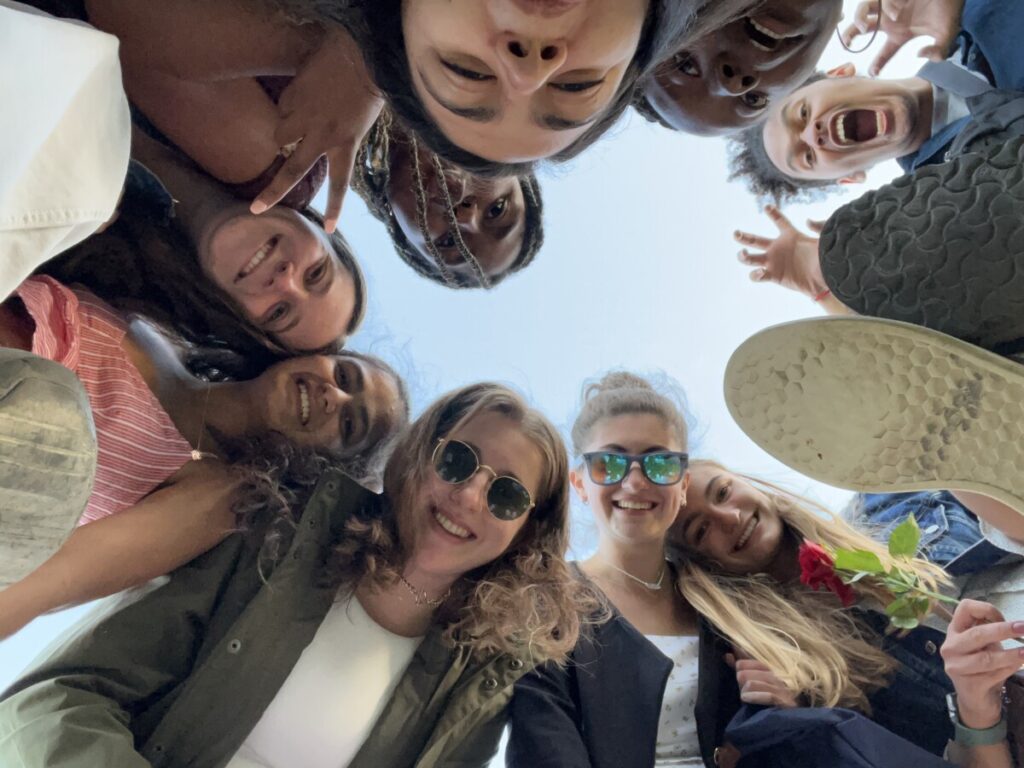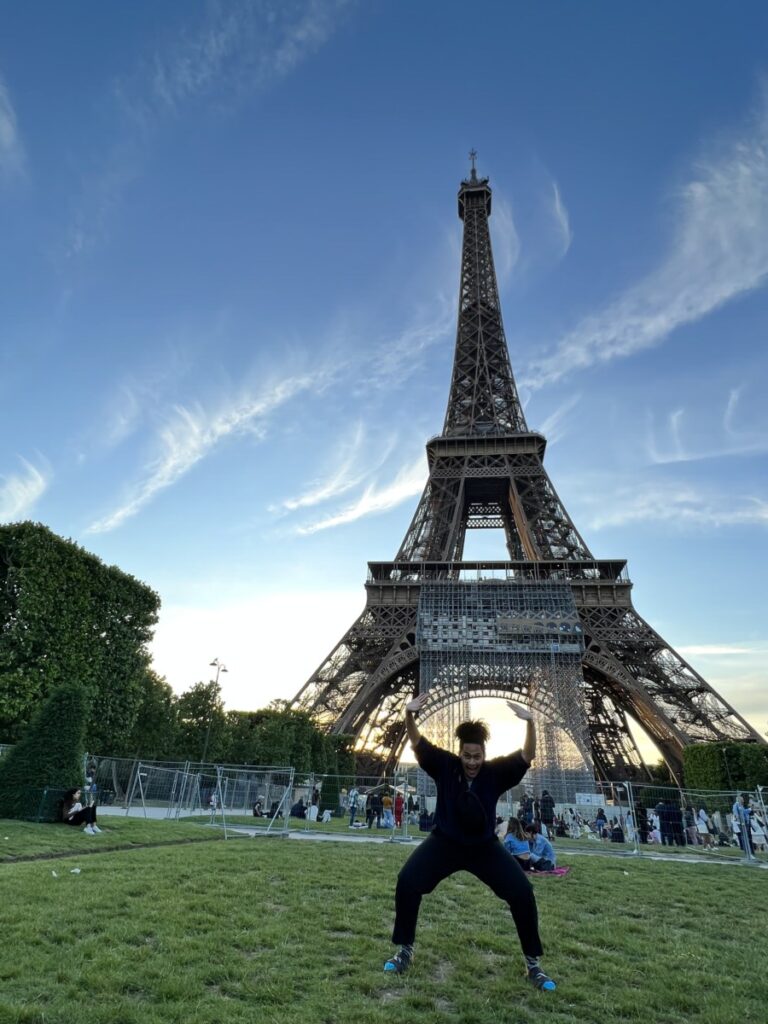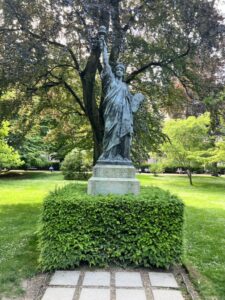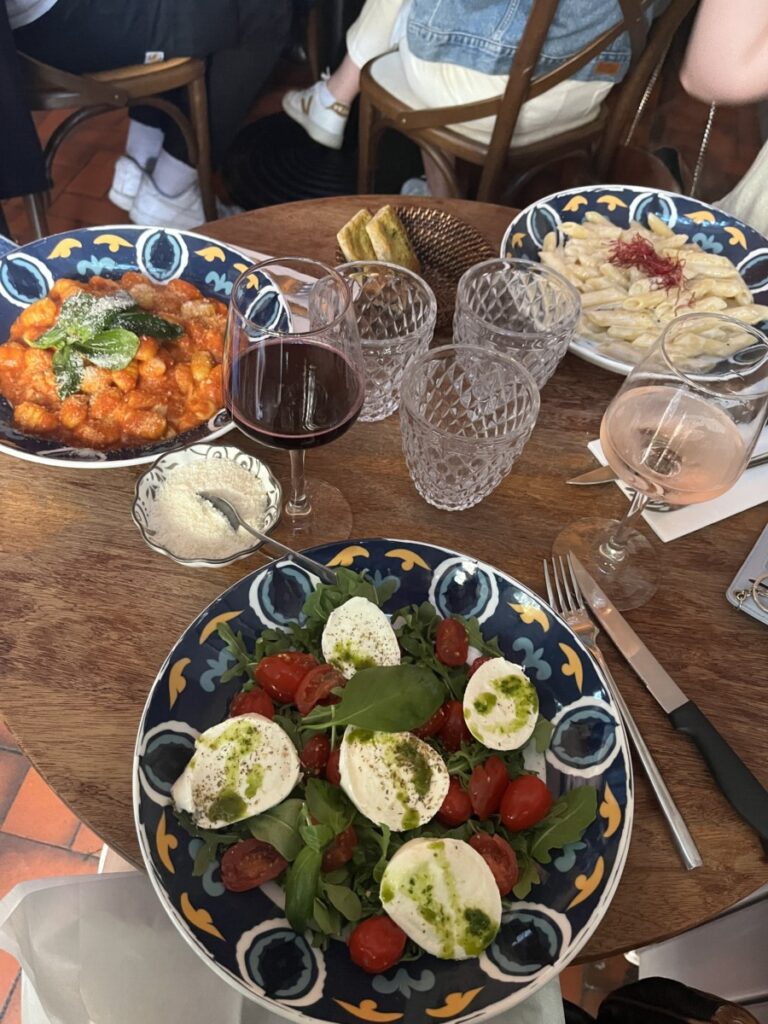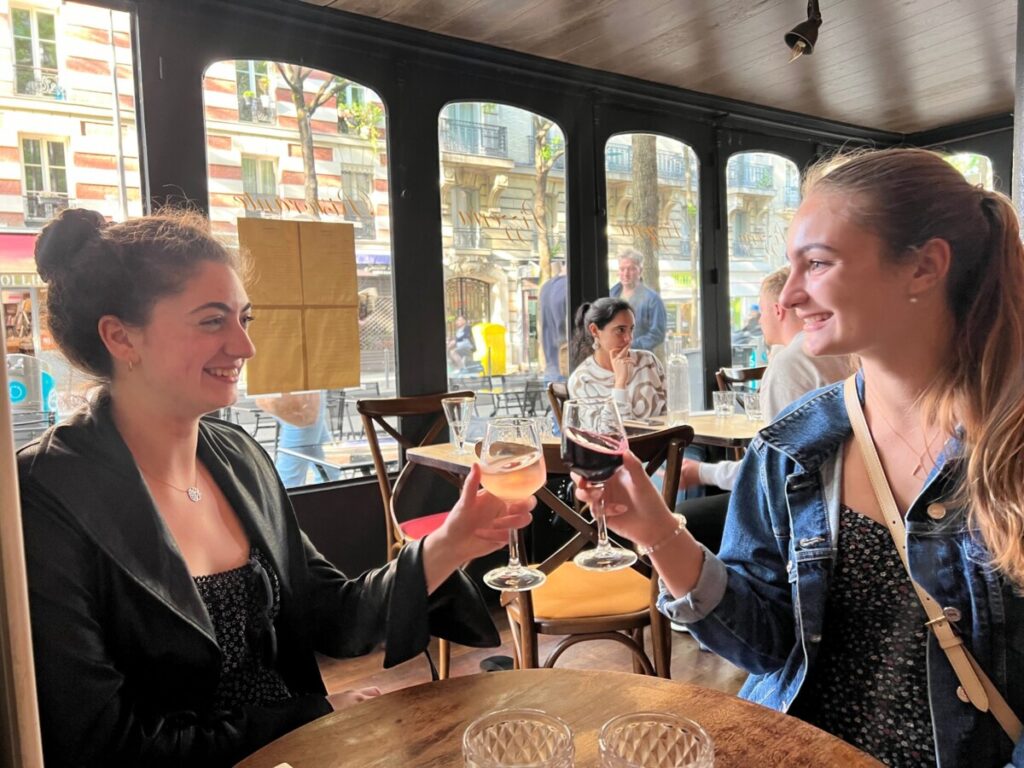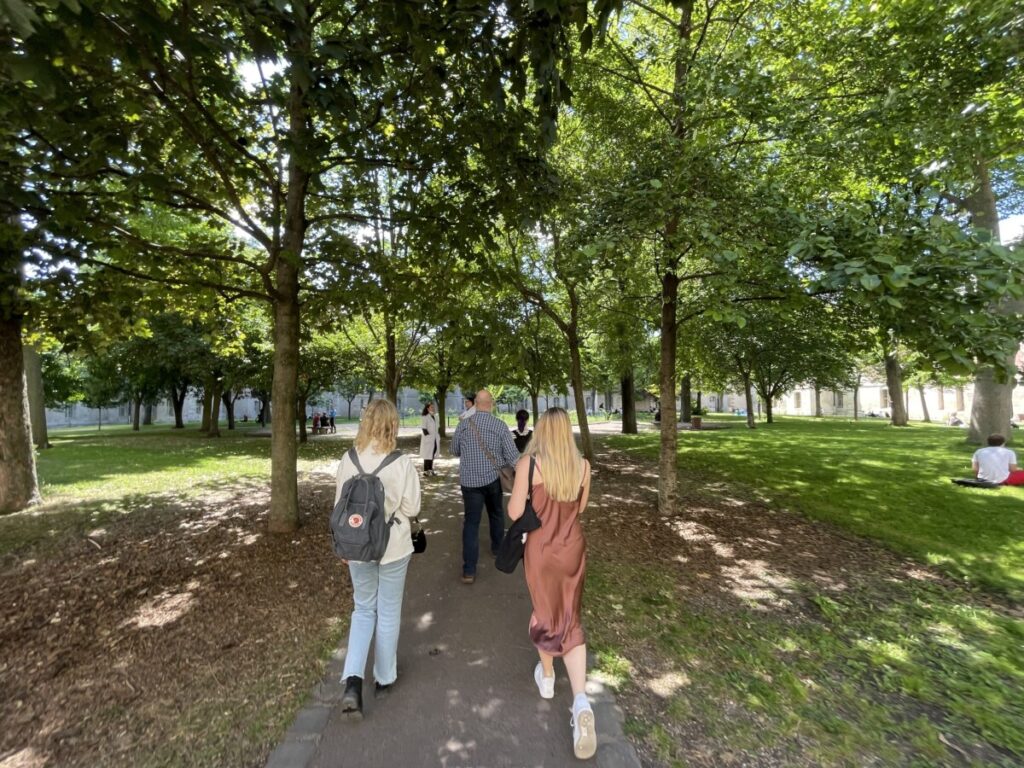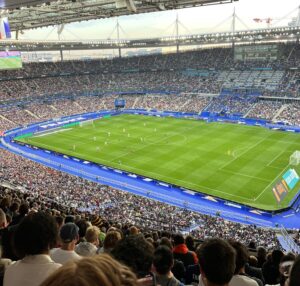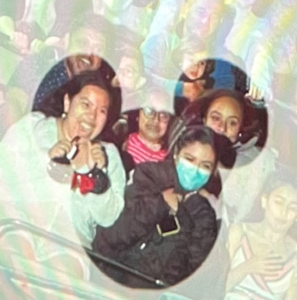This week Zoe, Grace and I went to a ballet at the Royal Opera of Versailles. We took the train down to Versailles in the rain and had a moment of panic when our connecting train was delayed. Thanks to our fantastic Uber driver, however, we made it to the palace just in time for the show. Seeing a ballet was my top bucket list item while in Paris, so this was a highlight of my time here so far. The Malandain Ballet Biarritz performed their contemporary ballet Marie-Antoinette choreographed by Thierry Malandain. The work explored the relationship between Marie Antoinette and Louis XVI from their wedding night in 1770 (she was 15 and he was 14) to the storming of Versailles in 1789. The coolest part of the experience for me was that the ballet depicted specific scenes in Marie Antoinette’s life, like watching the play Perseus with Louis XVI, that happened in the same theater we were sitting in. Being able to watch the ballet that takes place in Versailles from Versailles was definitely a unique experience that added a very special component to the show.
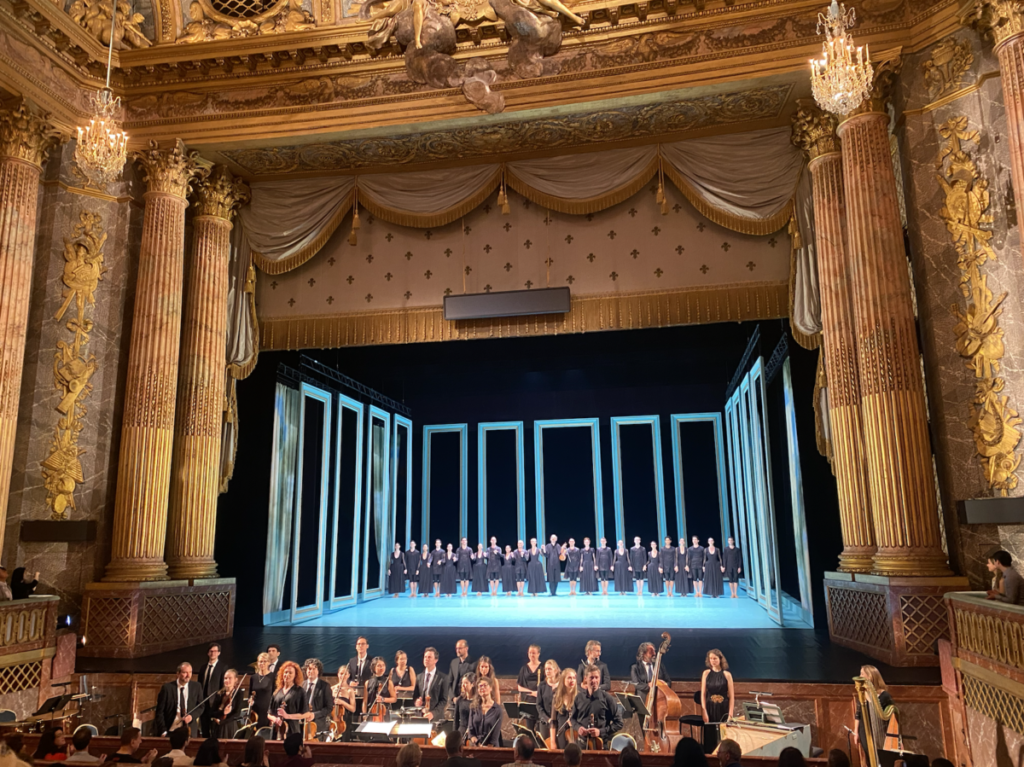
The final scene of the ballet was at the beginning of the French Revolution. According to legend, Marie Antoinette’s hair turned white overnight, on the day before she was to be executed. When I researched more about Marie Antoinette’s life after the show, I learned that this is a phenomenon that has been recorded a few times in history that is now referred to as “Marie Antoinette syndrome”. While “Marie Antoinette syndrome”, or the sudden whitening of hair, is largely believed to be a myth, Skellett et al. argue that the historical account of Marie Antoinette can simply be explained by either temporary hair dye washing or alopecia triggered by stress (Skellett et al. 2008). The link between stress and alopecia can be seen in the hypothalamic-pituitary-adrenal (HPA) axis that is involved in regulating stress hormones. Some patients with alopecia areata have had upregulated levels of corticotropin releasing hormone (CRH) receptors in hair follicles (Paus et al. 2009). CRH is a key hormone in the HPA axis that leads to the release of cortisol. Since Marie Antoinette was definitely experiencing extreme amounts of stress the night before her execution, her HPA axis was probably secreting a lot of CRH and a lot of cortisol. This evidence could then help explain the case of “Marie Antoinette syndrome” she experienced.
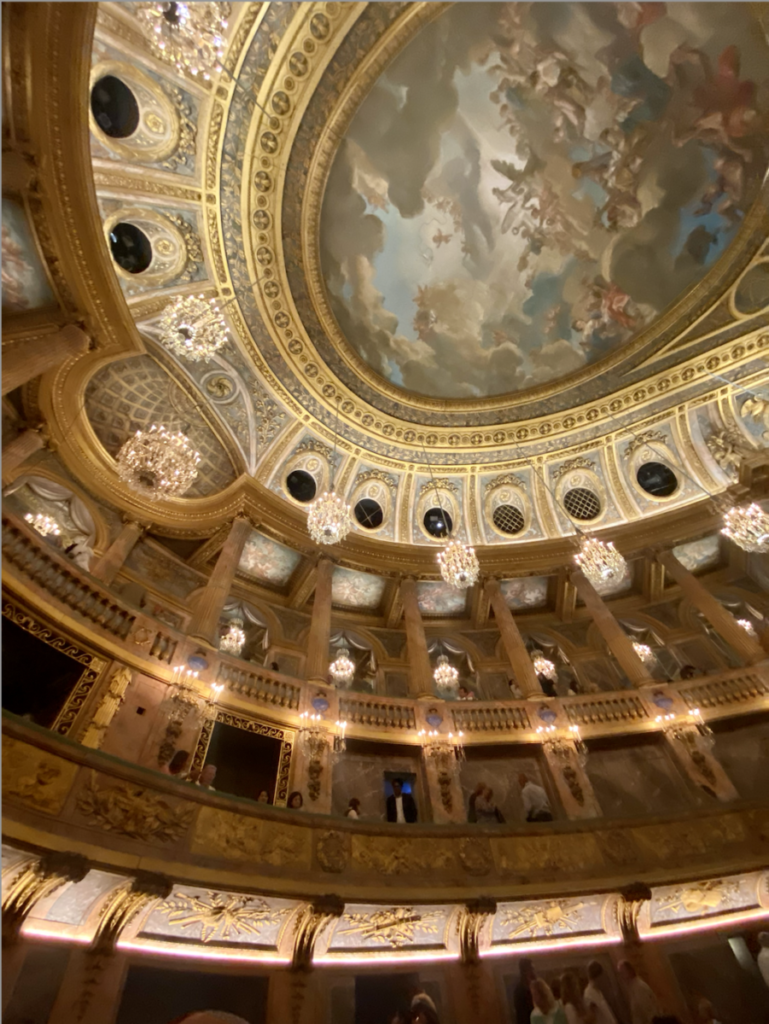
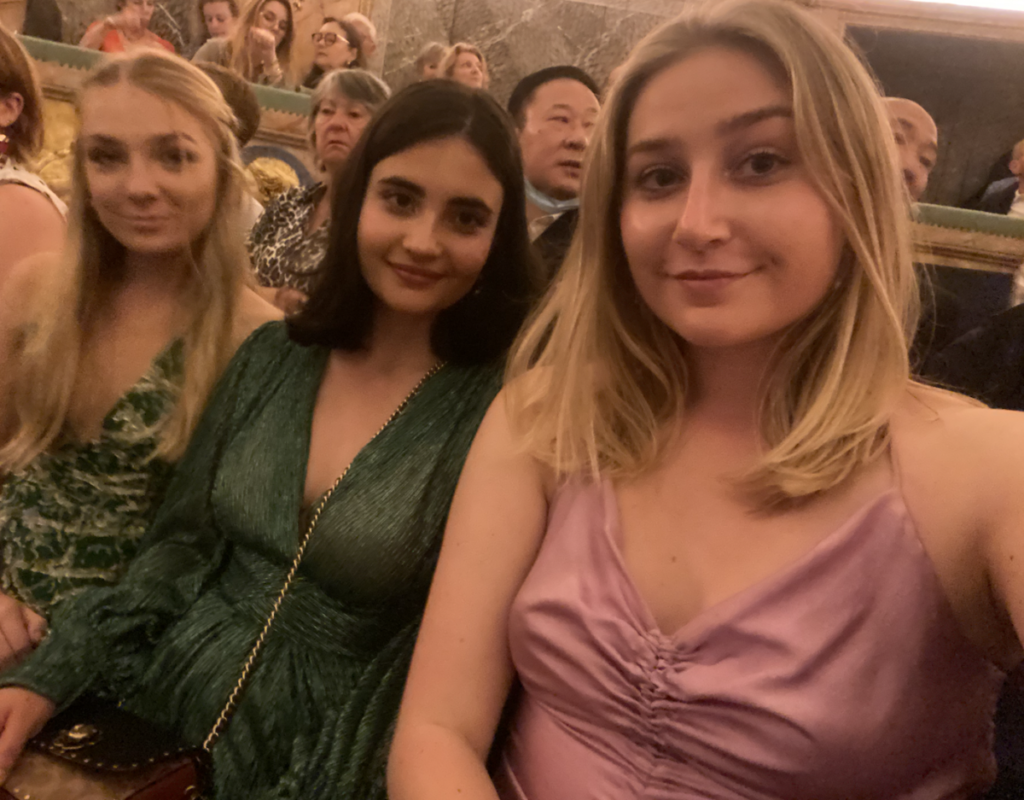
References:
Paus, R., & Arck, P. (2009). Neuroendocrine perspectives in alopecia areata: does stress play a role?. The Journal of investigative dermatology, 129(6), 1324–1326. https://doi.org/10.1038/jid.2009.111
Skellett, A. M., Millington, G. W., & Levell, N. J. (2008). Sudden whitening of the hair: an historical fiction?. Journal of the Royal Society of Medicine, 101(12), 574–576. https://doi.org/10.1258/jrsm.2008.080337

